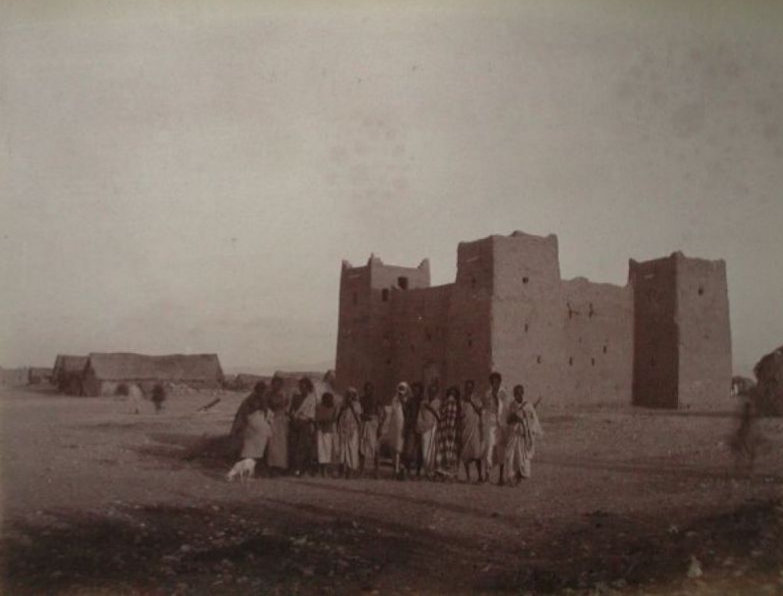mohammdov
Hansare Iyo baarsare
I researched and communicated with many people until I was able to find out about the Arab tribes on T-Y16897

This tribe is one of the tribes of Rijal Alma' It is a tribal alliance in the Jizan region in southern Saudi Arabia
this result. To a clan called
ال موهوب -Al-mawhob
It is a famous tribe, and it used to carry the banner of war leadership for the tribes of Rijal Al-Ma'ali
And a history of living in this village

This tribe is one of the tribes of Rijal Alma' It is a tribal alliance in the Jizan region in southern Saudi Arabia
this result. To a clan called
ال موهوب -Al-mawhob
It is a famous tribe, and it used to carry the banner of war leadership for the tribes of Rijal Al-Ma'ali
And a history of living in this village




